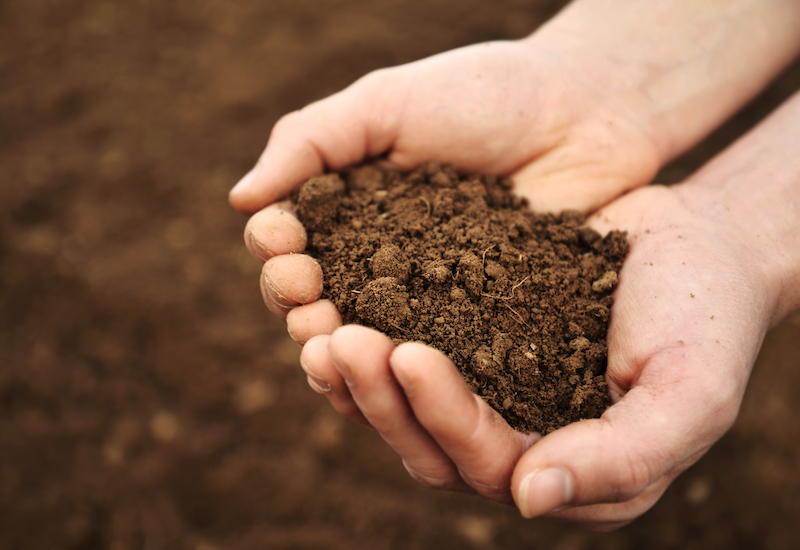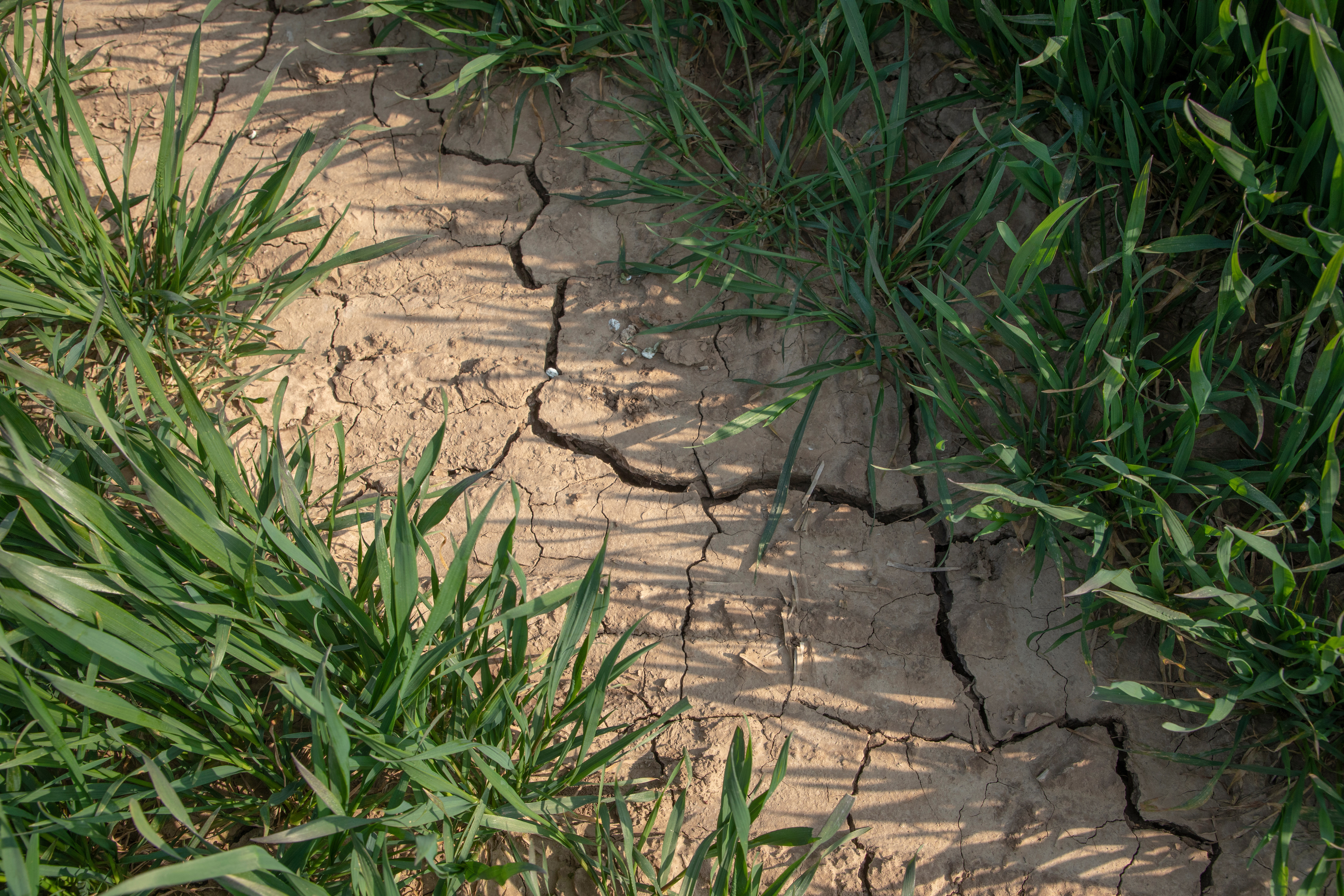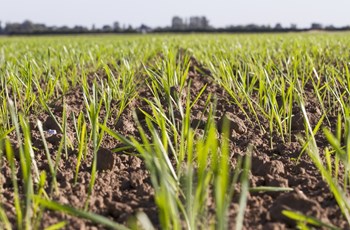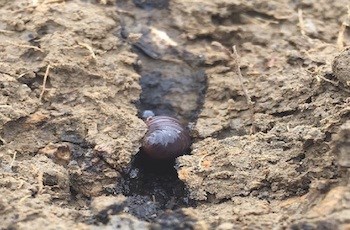Some of the most valuable information can be gained from simple tests that farmers can do themselves. The delegates at a Farmers Weekly / Bayer soils roundtable identified the following three tests as the most helpful farmers can use on their farm straightaway.
a) Visual assessment
There is nothing more valuable than digging an inspection pit to take a closer look at the soil structure. SRUC has the Visual Evaluation of Soil Structure (VESS) protocol to help with soil assessment, there is also the Visual Soil Assessment (VSA) method developed in New Zealand. The methods are similar and focus on aggregate size and porosity to determine soil condition. Small, friable aggregates indicate better soil condition compared to cloddy soils.
As well as aggregate size, an inspection pit allows you to look at things like rooting depth and any layers of compaction within the soil. Soils need to be moist but not waterlogged to do the VESS or VSA properly. March and April are the typical time to do this test, but it is possible in autumn too depending on conditions. According to Professor Dick Godwin, as long as there is enough moisture, May can also be a good time because variation in crop development gives a good indication of where there might be problems in the field.
b) Earthworm counts
At the same time as doing the soil visual assessment, farmers can also count earthworm numbers in the soil they dig up. Worms are a very good indicator of soil biological health as they play a key role in nutrient cycling, aeration and structing the soil. As well as overall worm numbers, it is important to count the number of each type of worm that appear at different levels of the soil profile: surface dwellers (Epigeic), top-soil dwellers (Engogeic) and deep burrowing (Anecic). In general, arable soils have more top-soil dwelling worms than the other two. Adding organic matter such as manure, crop residues and cover crops are likely to boost the number of surface dwelling and deep burrowing worms.
c) Infiltration tests
Faster infiltration rates generally mean that the soil is well structured and able to store water more effectively because of greater porosity. This is a good indicator of soil health and can also help with workload planning as it shows which land is most vulnerable to waterlogging.




